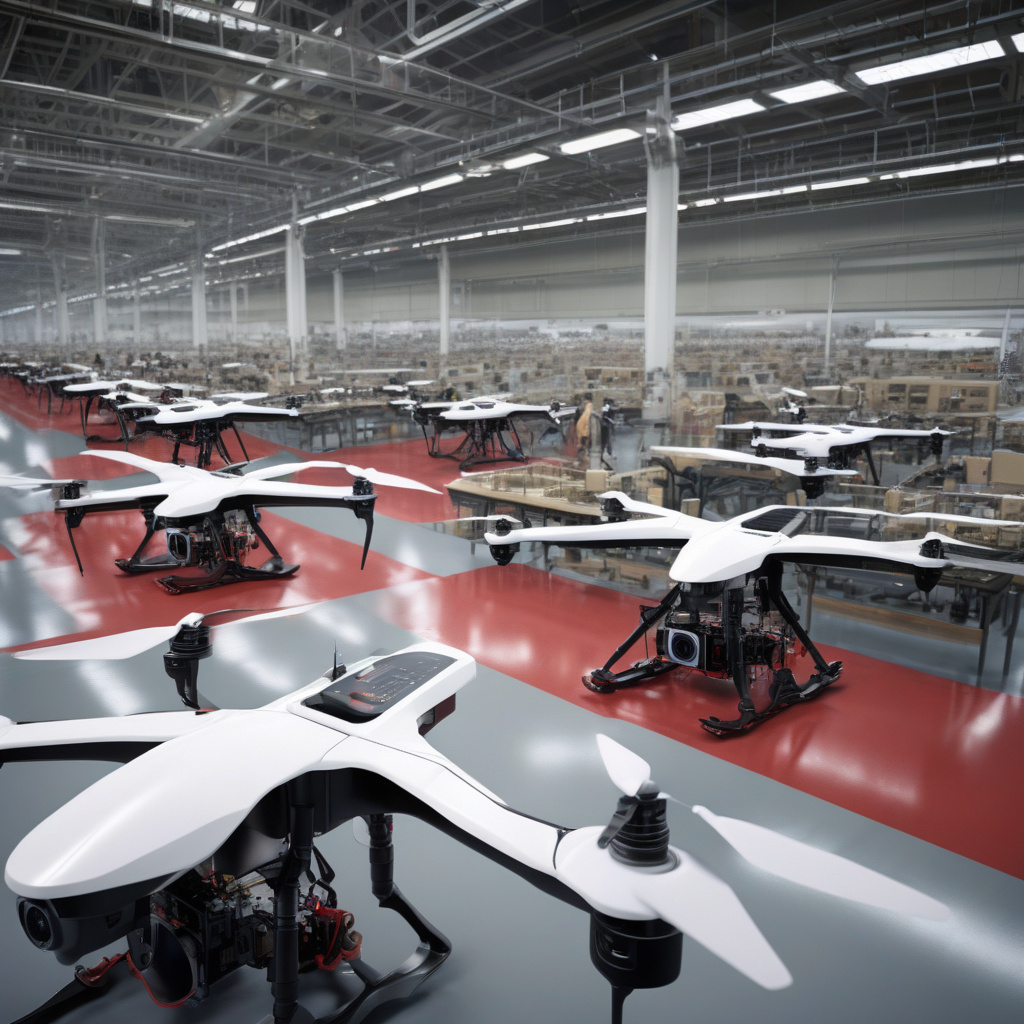America’s Challenge: Usurping China’s Dominance in the Drone Industry
In the realm of drones, China has established itself as a dominant force, with a significant portion of the global market share. Companies like DJI have become synonymous with innovation and quality in the drone industry, with a stronghold on the supply chain that runs through the bustling city of Shenzhen. However, this poses a significant challenge for America if it aims to achieve full-stack autonomy in this ever-evolving sector.
The reliance of America’s drone supply chain on Shenzhen raises concerns about data security and intellectual property protection. With China’s reputation for state-sponsored industrial espionage, there is a legitimate worry that sensitive information could be compromised. This vulnerability not only jeopardizes national security but also hinders America’s ability to lead in technological advancements.
To address this issue, America needs to focus on bolstering its domestic drone industry. By investing in research and development, as well as fostering partnerships between government agencies, academia, and private companies, the U.S. can enhance its capabilities and reduce its dependence on foreign suppliers. Initiatives like the Blue sUAS program, which aims to develop secure and trusted small drones for government use, are steps in the right direction.
Furthermore, the U.S. must prioritize regulatory frameworks that support innovation while ensuring safety and security. By streamlining the approval process for drone operations and fostering a collaborative environment between regulators and industry stakeholders, America can create a conducive ecosystem for growth and competitiveness.
One area where America can gain an edge over China is in the development of military drones. With escalating tensions in various regions across the globe, the demand for advanced unmanned aerial vehicles (UAVs) is on the rise. By leveraging its expertise in defense technology and strategic partnerships with allied nations, the U.S. can position itself as a leader in this critical sector.
Moreover, America can capitalize on its strengths in artificial intelligence, software development, and aerospace engineering to drive innovation in the drone industry. By focusing on autonomous capabilities, data analytics, and mission-critical applications, the U.S. can differentiate its drone offerings and cater to diverse market needs.
In conclusion, while China currently holds the reins in the drone industry, America has the potential to usurp its dominance through strategic investments, regulatory reforms, and technological advancements. By nurturing a robust ecosystem that fosters innovation and collaboration, the U.S. can reclaim its position as a global leader in the drone market.
#America, #China, #DroneIndustry, #Innovation, #USCompetitiveness












